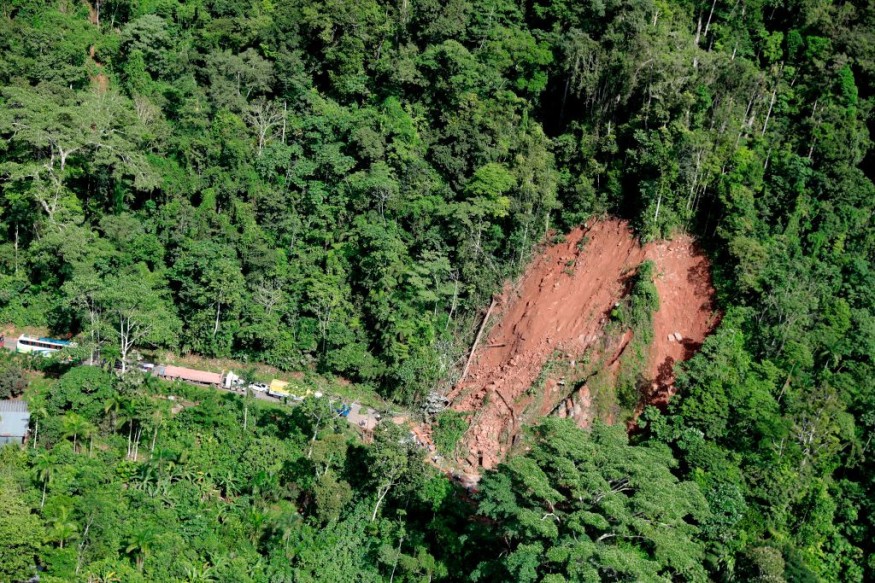Peru witnessed the world's deadliest avalanche in history 52 years ago.
Caused by a massive earthquake, the avalanche triggered a 60-meter high mudslide hurling towards a market town, killing more than 30,000 people and wiping everything on its path of destruction.
The natural calamity will later be known in history records as the 1970 Huascaran debris avalanche, where the tremor destabilized a nearby glacier on a mountain in Yungay Province, Peru.
The event has been considered to be the country's worst natural disaster in modern history.
For the past three decades, Peru experienced a series of relatively weaker yet lethal landslides caused by both geological and meteorological phenomena like strong quakes and heavy rain with flooding.
The threat still remains, placing communities and its residents on mountainsides at risk.
1970 Huascaran Avalanche

On May 31, 1970, the historic avalanche was triggered by the so-called Ancash earthquake or the Great Peruvian earthquake, with an intensity of 7.7 magnitude on the Richter scale.
What started as a mass of snow, the avalanche reportedly absorbed large chunks of gravel and rocks from the Nevados Huascaran mountain before hitting the town of Yungay.
Thousands of Yungay residents were gathering for the town's Sunday market at about 3:23 p.m. local time that day when a rock-ice avalanche from a glacier called "Glaciar 511" in the Cordillera Blanca occured, according to GRID-Arendal, a non-profit environmental communications center of the United Nations.
The avalanche was traveling at a reported speed of 270 miles per hour and immediately entombing thousands of the inhabitants in the area.
The avalanche originated from a overhanging cliff with an elevation of 5,400 to 6,500 meters above sea level in the Peruvian Andes mountain range.
The cliff consisted of a fractured granite rock on its peak covered with a 30-meter thick glacier, the center reported.
Ancash Earthquake USGS Report
The United States Geological Survey (USGS) issued a preliminary report regarding the geologic events during the 1970 Huascaran avalanche, claiming that the Ancash earthquake was the most destructive earthquake in the Western Hemisphere and ranks in one of the world's catastrophic natural events.
During the report in December 1973, the USGS cited a statistical analysis from a Peruvian government agency that the earthquake killed approximately 70,000 people and injured 50,000 others, as well as destroyed 186,000 buildings, which represents 80% of all structures in the region.
The Huascaran avalanche occurred almost simultaneously at the same time after the Ancash earthquake, which was recorded in the Pacific Ocean off the coast of Peru.
Pacific Ring of Fire
Geological activities like earthquakes, aftershocks, and tremors contribute to the occurrence of rockfall, mudslides, and landslides across Peru.
These phenomenon are common in the South American country for it is situated within the Pacific Ring of Fire, a horse-shoe shaped region across the Pacific Ocean marked by increased seismic activities.
It is also for this reason why volcanic eruptions and earthquakes are common in Peru and other countries within the said region.
In Peru's most recent catastrophic seismic event, a 7.5 magnitude earthquake occurred in November 2021, destroying a 16th century Catholic church, injuring four people, and destroying hundreds of homes, as per USA Today.
© 2025 NatureWorldNews.com All rights reserved. Do not reproduce without permission.





